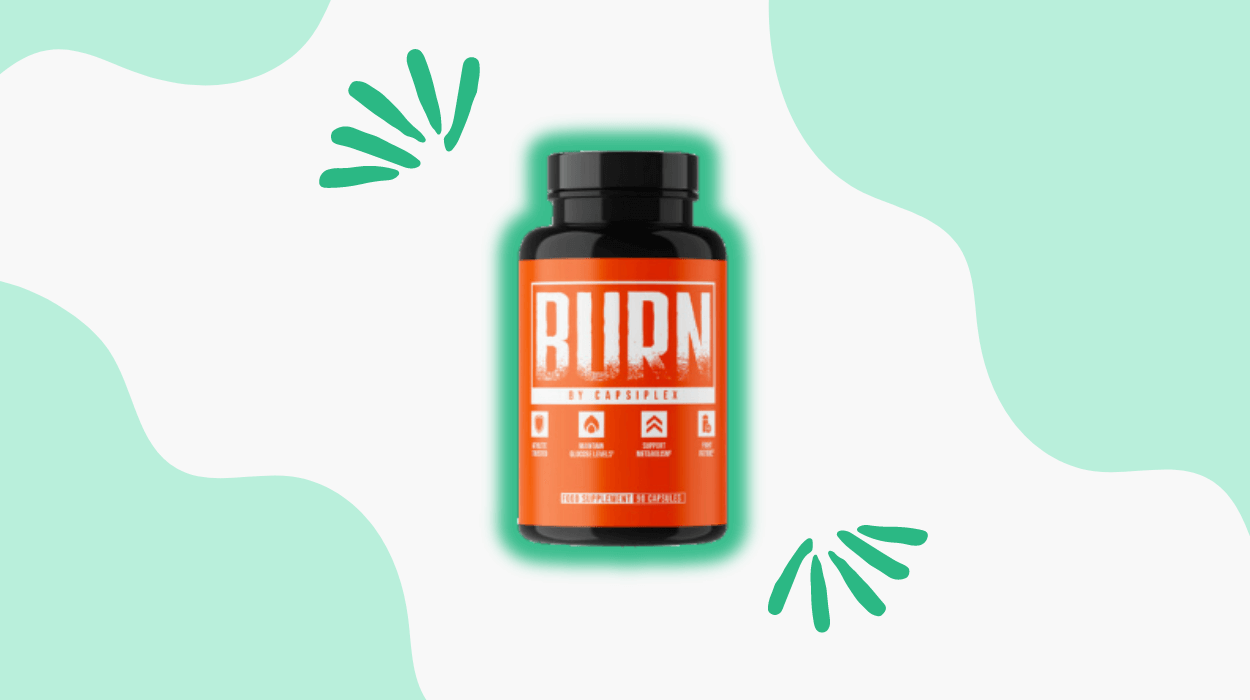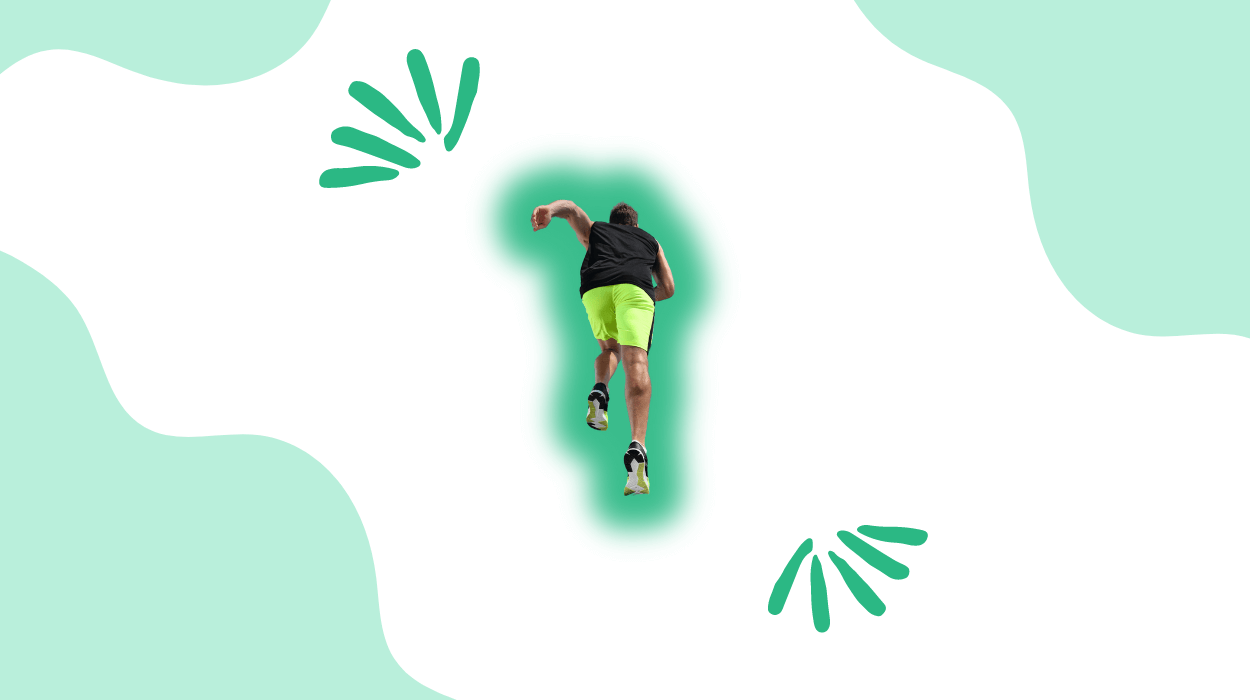

You may desire to wear denim shorts or knee-length dresses, but your calf shape might cause trouble, making your legs appear bulky.
Your calves accumulate fat like any other part of your body. However, specifically targeting fat loss from one body can be challenging.
Calves are positioned at the back of the lower legs, which can accumulate fat, causing discomfort and self-consciousness.
Simple exercises like running uphill or HIIT can help stabilize your ankles and reduce calf fat. Working on your calves could tone and sculpt them, making them appear slimmer and defined.
Learn what causes excess calf fat accumulation and some simple tips for developing toned and more defined calves.
 What Causes Of Stubborn Fat On Calves?
What Causes Of Stubborn Fat On Calves?Refined carbohydrates like white bread and rice usually lack fiber and essential nutrients, leading to increased cravings and potential weight gain.
You should limit your intake of snacks, sugary beverages, and treats like chocolates, as they can add empty calories and promote fat storage.
Excessive sugar consumption can lead to excessive weight gain and also poses health risks like type 2 diabetes. Choose whole grains, fruits, vegetables, and protein to sustain energy while promoting weight loss.
A nutritious diet may help reduce excess calf fat and achieve toned calves by emphasizing high-quality proteins and minimizing carbohydrate and fat intake.
To make the concept of a healthy diet more enjoyable and relatable, let’s break down some critical components in a table:
| Nutritious Diet Components | Benefits |
|---|---|
| High-quality proteins | Promotes fullness and supports weight management |
| Soluble fiber | Slows digestion, reduces food consumption |
| Balanced intake of carbs and fats | Aids in reducing overall body fat |
| Fat-burning supplements | Additional support for fat loss efforts |
Including protein in your meals could promote a feeling of fullness, making it easier to manage your weight and avoid overeating.
Adding soluble fiber to your diet might support weight loss by slowing digestion, leading to reduced food consumption. Thus, eating a balanced diet benefits overall health and helps reduce fat throughout the body.
Walking can help in reducing calf fat and improving overall health. It is a low-impact activity that may help burn calories, enhance cardiovascular health, and boost metabolism.
| Benefits of Walking | Tips for Effective Walking |
|---|---|
| Helps in burning calories | Maintain a brisk pace |
| Improves cardiovascular health | Ensure proper footwear |
| Enhances metabolism | Focus on good posture |
| Low-impact on joints | Incorporate intervals for intensity |
Restoration of the body’s energy levels through adequate rest is essential for people who exercise to reduce calf and body fat. Resting may allow your muscles to repair and rejuvenate, optimizing the effectiveness of your workouts.
A good sleep hygiene could also improve cognitive function, mood, and physical performance, leading to better exercise outcomes. It may lower stress hormones, promote overall health, and help with weight management.
Lowering your daily calorie intake and focusing more on nutrient-dense food sources might support weight loss, including your calves.
Here are three practical tips to help you reduce your calorie intake:
Plie Calf Raises are a modification to traditional calf raises that could target and tone the lower leg muscles without requiring specialized equipment.
Jump Squats could target multiple muscle groups, including the calves, hamstrings, quads, and glutes, offering a comprehensive workout for fat loss and muscle toning.
To perform jump squats correctly, follow these steps:
As you progress, you can increase the jump squat intensity by adding weights or adjusting the speed of your jumps.
Calf stretching may improve muscle elasticity and reduce tightness. It may help increase the flexibility of your calf muscles, allowing for a better range of motion during exercises and daily activities.
Regular calf stretching may decrease the risk of strains or tears by maintaining the suppleness of the muscles and surrounding tissues.
To perform calf stretching, follow the mentioned process:
Skater Hops may help enhance your balance, coordination, and agility through quick lateral movements. The movements involved in Skater Hops exercise might assist in calorie burn and reduce overall body fat, including in the calf area.
Combine Skater Hops into your routine by following these steps:
This exercise may combine the benefits of a sumo squat, which works on your inner thighs and glutes, with calf raises, targeting the calf muscles effectively.
Follow these steps to perform Sumo Squat with calf raise:
Running for endurance may enhance overall fitness and help in effective fat loss, targeting various muscle groups, including the calves.
To maximize the benefits of endurance running, it is essential to follow proper techniques and tips:
| Tip | Description |
|---|---|
| Warm-Up | Engage in stretching, jogging, or spot jumps for 5-10 minutes before starting your run. |
| Gradual Progression | Begin with a slow jog and gradually increase pace and duration to build endurance. |
| Varied Terrain | Incorporate hills or trails in your run to challenge different muscle groups and add variety. |
| Proper Footwear | Use supportive running shoes with cushioning to reduce the risk of discomfort and injuries. |
| Listen to Your Body | Pay attention to any pain, fatigue, or discomfort, and adjust your pace or rest as needed. |
Standing Calf Raises may help you strengthen the muscles in the calves and hamstrings. It could help tone your calves and contribute to lower body strength and stability.
Here are the tips to perform this exercise:
This exercise specifically isolates the calf muscles, helping to increase muscle definition and strength.
To perform Seated Calf Raises:
Aim to perform maximum sets according to your initial strength, gradually increasing the weight as your muscles adapt. Maintain a proper posture throughout the exercise and listen to your body to prevent injury.
This exercise combines the stability challenge of an arm plank with the added movement of knee dips, targeting your calf muscles effectively to help reduce excess fat.
Here are the steps to effectively perform this exercise:
Stair climbing can be done using stairs at home, work, or a stair machine. It may help tone your glutes, calves, and thighs. Climbing stairs is effective for rapid fat burning to gain a toned and sculpted appearance.
To perform stair climbing, consider these points:
Gaining calf fat could make your lower leg appear more significant than your thighs, which often seems unpleasing. Reshaping your calves might be challenging.
However, following proper strategies could work towards achieving slimmer calves. Performing exercises like calf stretching and seated calf raises may help you tone your calf muscles and gain a slimmer appearance.
Try to control your surplus calorie intake, which would help you maintain an overall healthy weight. Pay attention to your food portions, eat slowly, and listen to your body’s hunger cues to avoid overeating.
Changing your physical activity level, diet, and lifestyle may help you lose excessive accumulated fat in your calves.
Staying mindful of what and how much you eat can help you stay within your calorie goals. It may also support your journey towards smaller and toned calves and overall weight loss in the long run.
Tyler Read earned an undergraduate academic degree from Sonoma State University, California and is a certified personal trainer (CPT) with NASM (National Academy of Sports Medicine). With over 16 years of experience, Tyler has trained clients both online and in-person.
He is passionate about helping others turn their love for fitness into a career. Tyler has worked with many local and commercial gyms before establishing his successful private personal training business, which he continues to operate.
